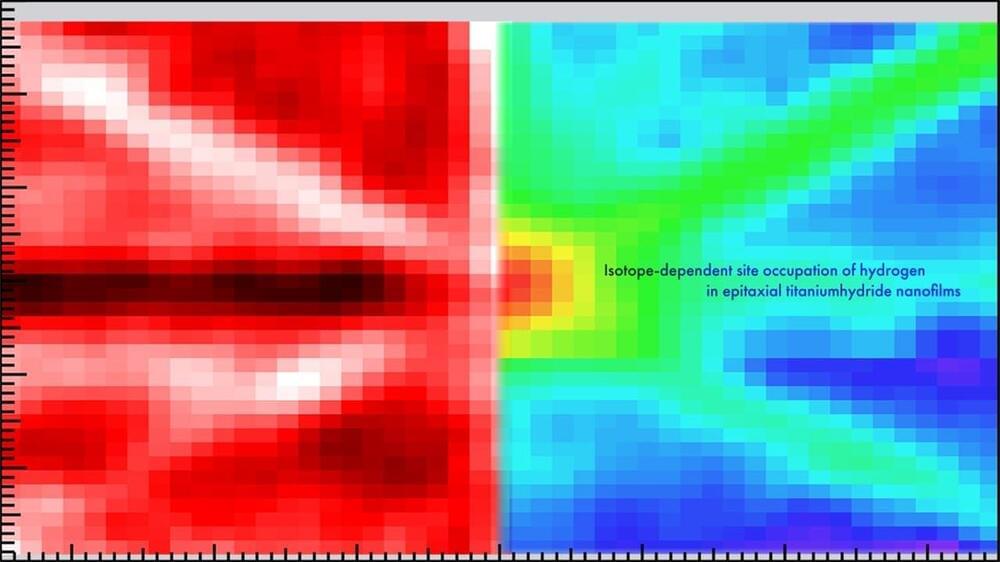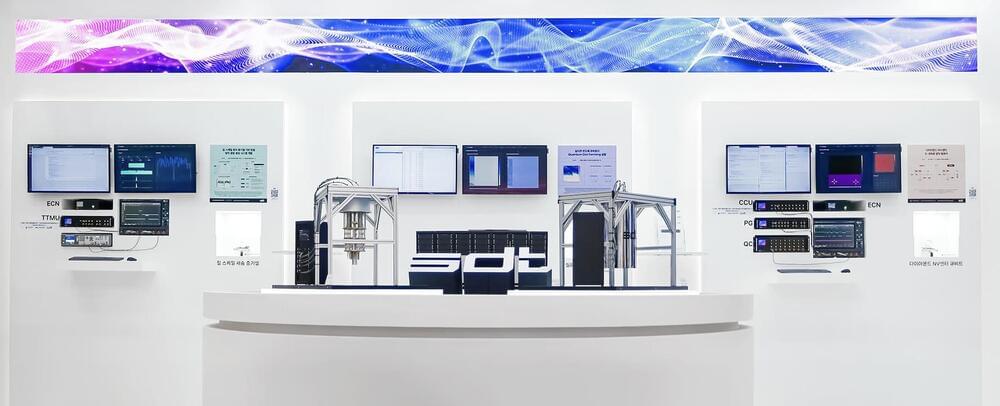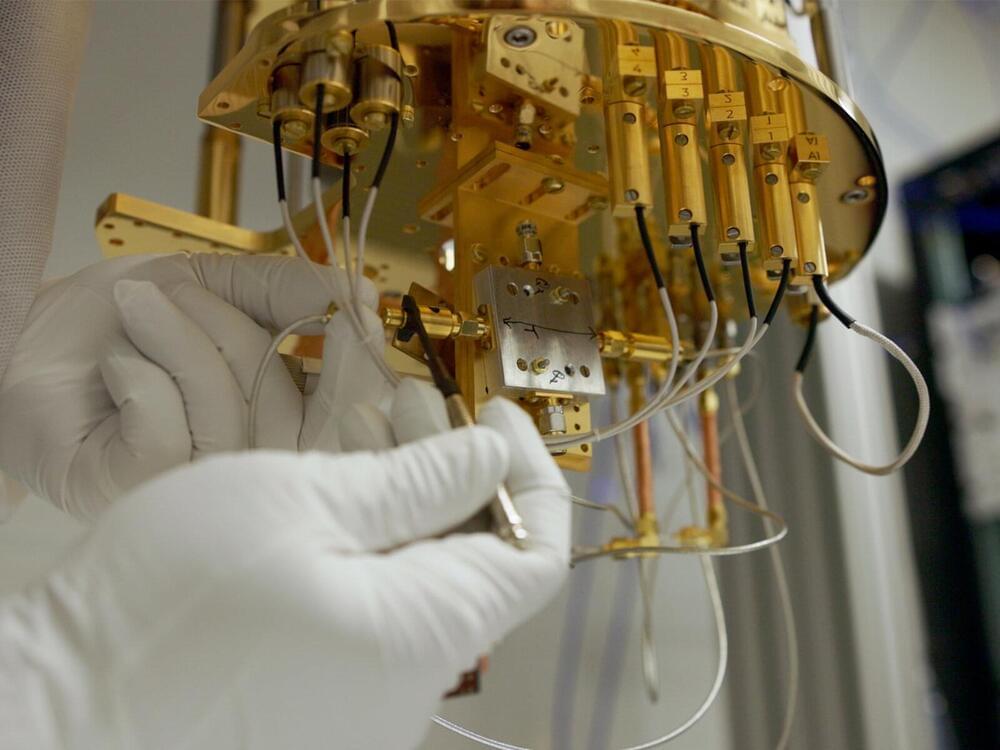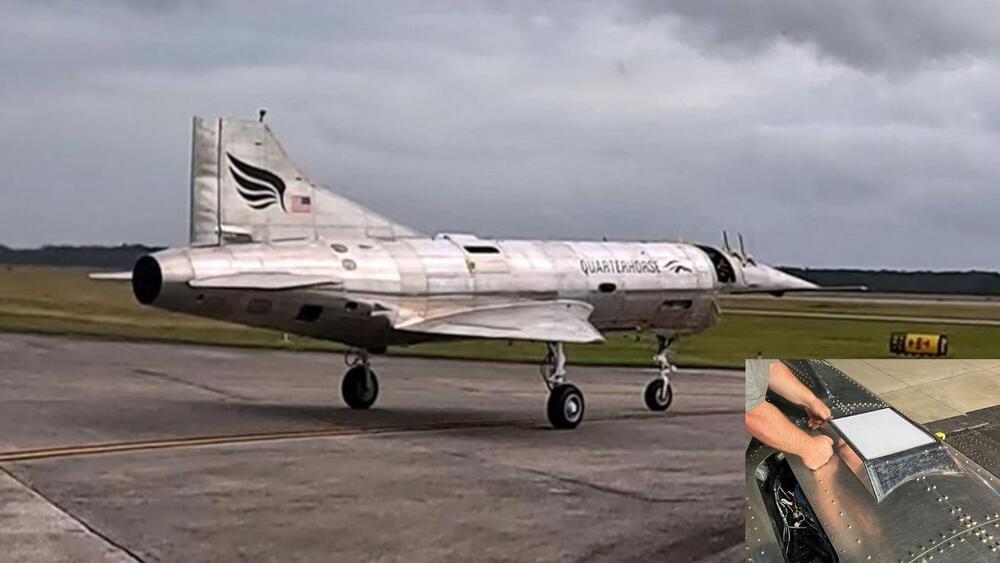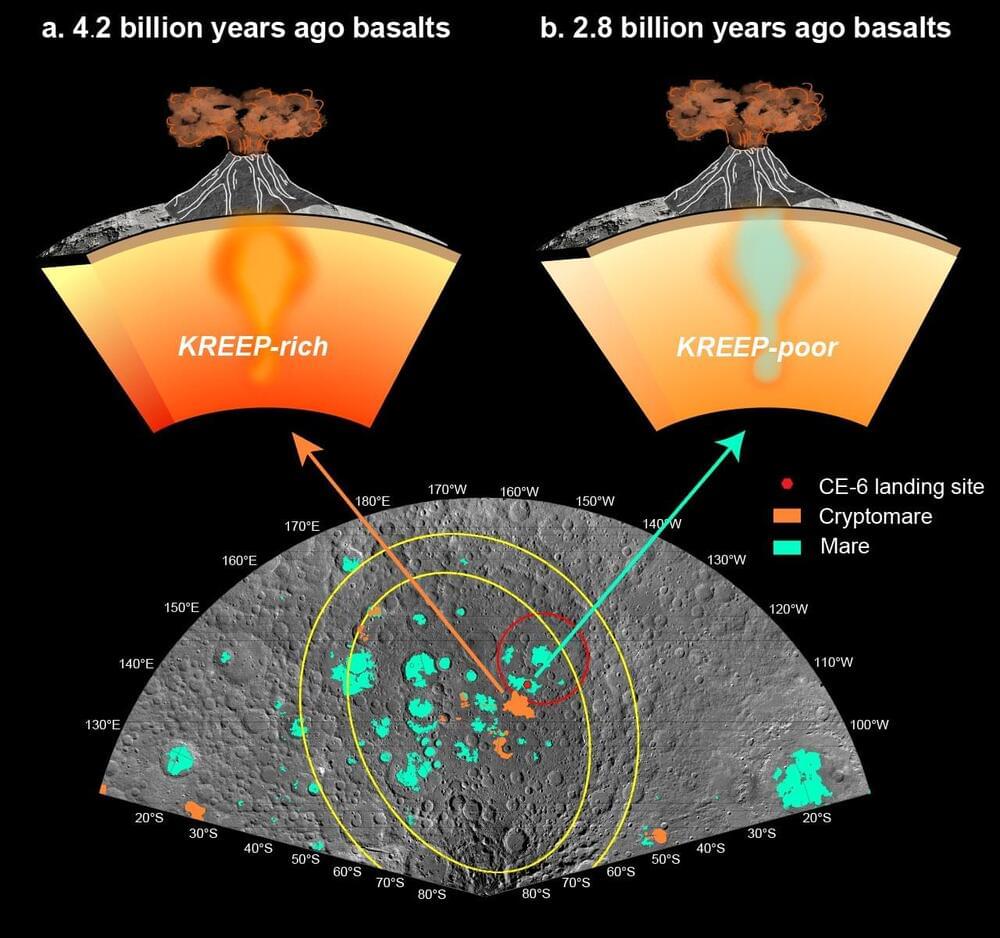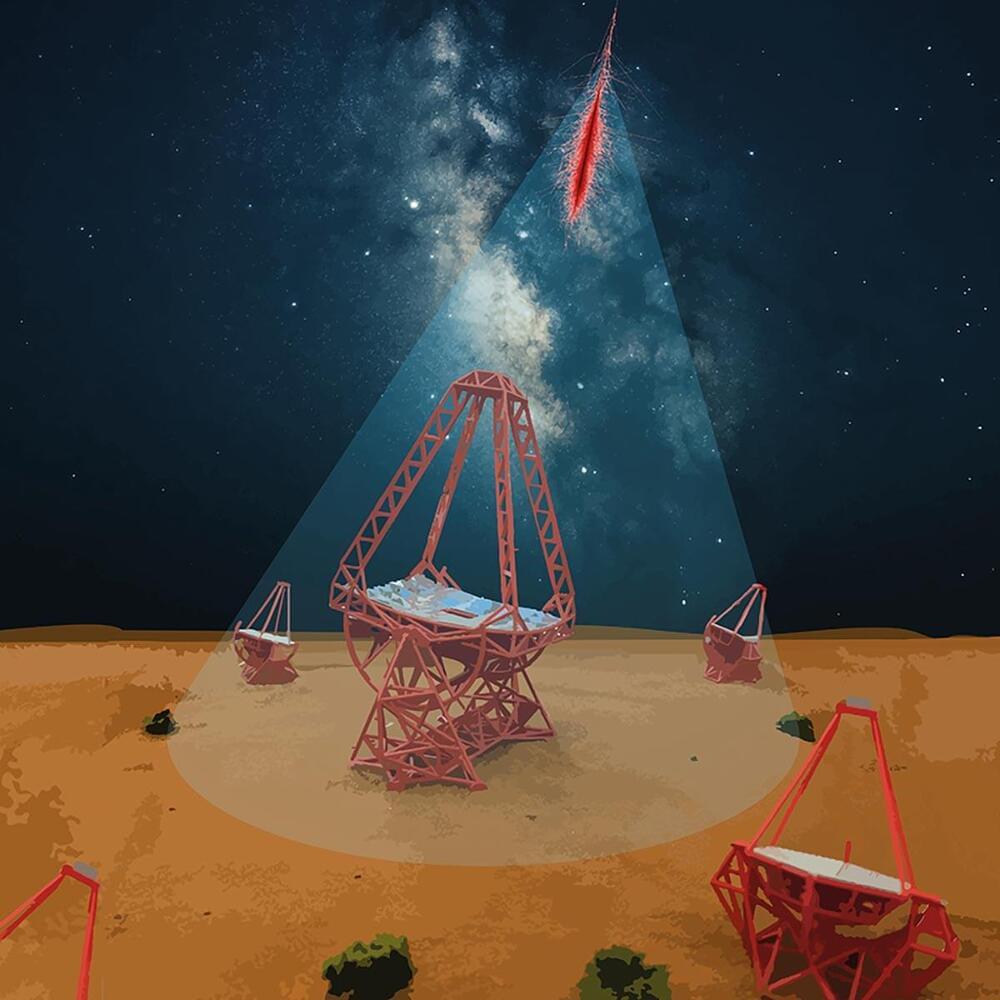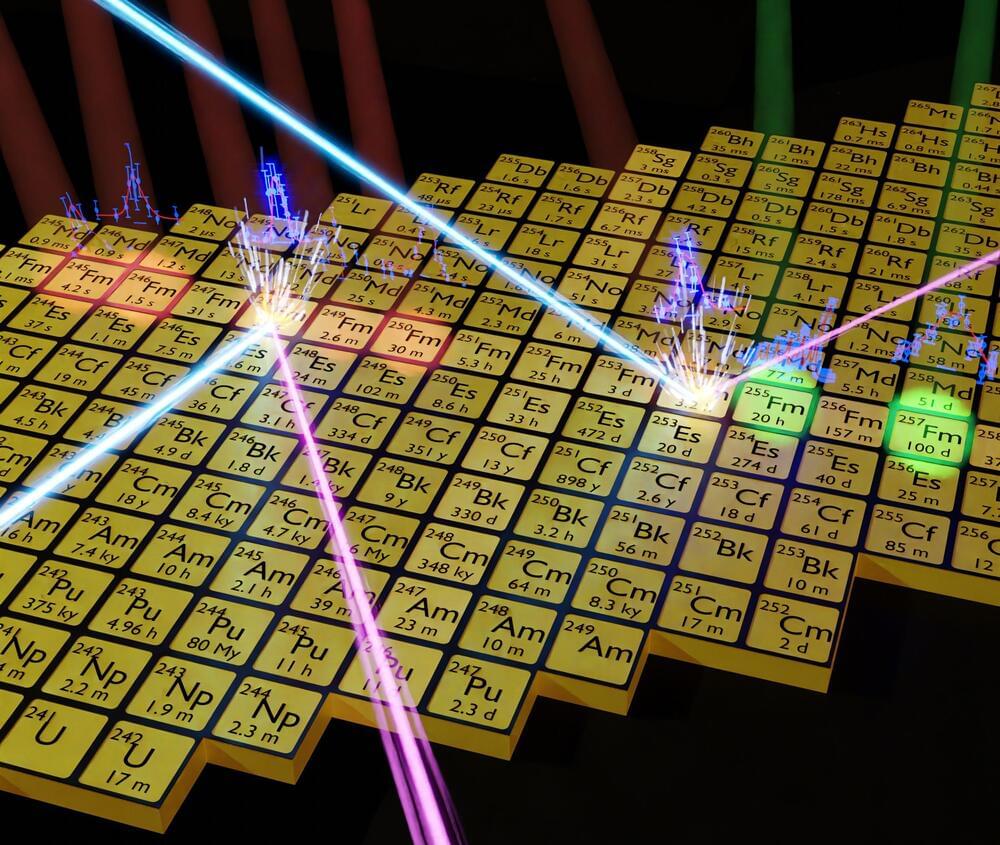Nov 19, 2024
Rocket plane makes first civil supersonic flight since Concorde
Posted by Genevieve Klien in categories: robotics/AI, transportation
The rebirth of commercial supersonic flight has kind of, sort of come to pass as Dawn Aerospace announces that its 16-ft (4.8-m) autonomous Mk-II Aurora rocket-powered aircraft broke the sound barrier with a speed of Mach 1.1 on November 12, 2024.
Ever since the Anglo-French Concorde retired in 2003, civil supersonic flight has been something of a lost art. In recent years, a number of startups have been working on various projects to create a new generation of supersonic transports that are quieter, greener, more efficient, and cost effective to operate.
Continue reading “Rocket plane makes first civil supersonic flight since Concorde” »

